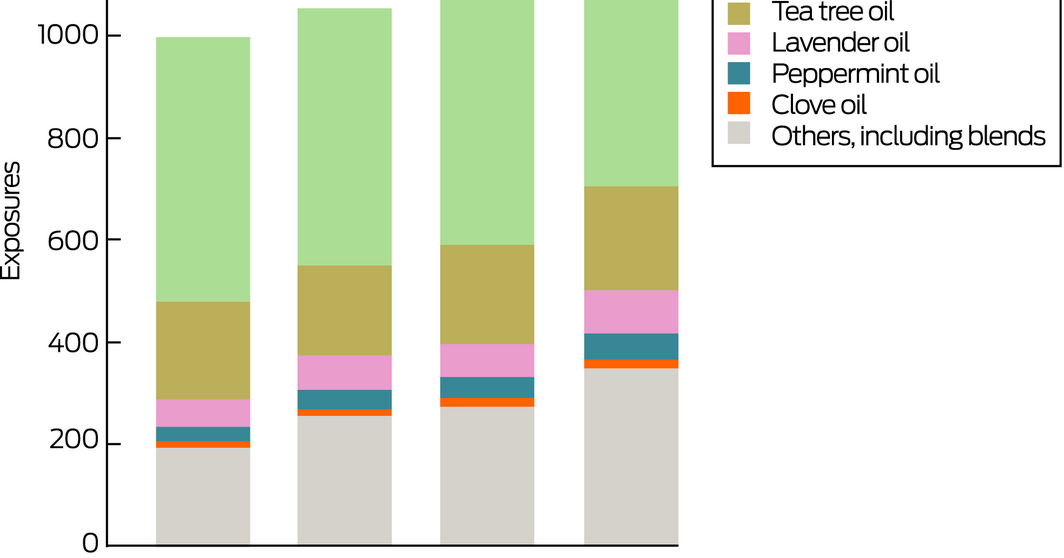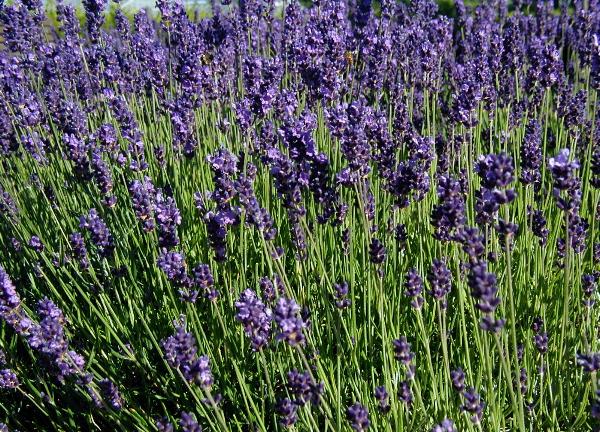Herbs with Potential Dangers
Used for constipation and colds, eye infections, and even
cancer. There is a warning about using it incorrectly. Goldenseal can affect your heartbeat and rhythm. It can also have been dangerous if you have blood clotting issues. For your heart, it can lower your blood pressure. You should check with your doctor first if you have a blood clotting
problems or are on blood pressure medicines.
Alow used for burns, wounds, and skin issues. It is also taken
internally for healing tumors, digestion.
Caution if can also cause an abnormal heartbeat or kidney problems. Alow can
lower your blood sugar levels if you have diabetes.
Known as ma huang, this herb has been used for thousands of
years in China and India and now all over the world to treat coughs,
headaches, and cold symptoms. It has also been found to help with weight loss and to get energy. Recent is has been discovered to have increased heart problems and stroke. Other heart problems include an increase in heart rate and blood pressure. The FDA has banned ephedra as a dietary supplement, but it still can be found in some herbal teas.
All over the world Ginseng is advertised to slow aging, diabetes
and help with sex drive, Others take it for diabetes, to boost immunity, or to help with sex. But it may lead to a drop in blood sugar, so it can cause issues for people with diabetes. Side effects can be caused because it causes blood thinning Hypertensive and chronotropic activities,
may increase digoxin levels, diarrhea, itching, insomnia, headaches,
nervousness, rapid heartbeat, hypertension or hypotension, breast tenderness,
vaginal bleeding. It can lower blood sugar excessively in combination with diabetes medication. It contains a
chemical linked to possible birth defects.
May worsen hormone-sensitive conditions such as breast cancer, uterine
cancer, ovarian cancer, endometriosis, and uterine fibroids, Insomnia.
Often used for menopause symptoms like hot flashes and night
sweats and to help with PMS. The warning is for anyone with liver problems, there’s a chance it can cause inflammation or failure. It should also be avoided by women with breast cancer until more is known about how it may affect them.
Some people believe it helps with high blood pressure and can
treat cold symptoms. Studies show it can lower your cholesterol a bit, too.
It’s safe for most people, but garlic can thin your blood. That can
increase your risk of bleeding if you take blood-thinning
medications for heart problems.
Some people use this to treat coughs, stomach ulcers,
bronchitis, infections, and sore throat. It can raise your blood pressure and cause issues with heart rate problems, so check with your doctor first if you have heart problems.
Taken for allergies and arthritis, kidney and bladder stones,
and urinary tract infections even help with dandruff. But nettle can make your body hold water, so you shouldn’t take it if you retain fluid because of heart or kidney problems or if you take diuretics.
Commonly taken to try to prevent migraines and to help with
arthritis and allergies. A Warning for
anyone taking blood thinners, it may
cause a problem with blood clotting, so it may cause issues for people with
heart disease or blood disorders.
Good for digestion taken for nausea brought on by surgery,
chemotherapy, or motion sickness. It is also taken to treat arthritis and inflammation. Ginger like many herbs can cause problems with blood clotting,
heart rhythms, blood pressure, and blood sugar levels. Special warning if you are on blood thinners or have diabetes.
This plan is used for muscle pain, bruising, tendons, swelling
and other pains. Some people take to help with constipation. Arnica can also
raise your blood pressure and cause a fast heartbeat and shortness of breath.
It can even damage your liver, or bring on a coma or death.
Taken for memory, clearer thinking to improve their memory. But it can thin
your blood and cause bleeding. That’s especially risky if you take
blood-thinning drugs.
This is supposed to help with anxiety and insomnia. But it may
cause liver damage, like hepatitis. So you shouldn’t take it if you have liver or kidney problems. Kava also can be dangerous if you drink alcohol or take other drugs that make you sleepy. May also cause reversible dry skin
Taken for depression, anxiety, and sleep problems. It can cause
side effects like headache, nausea, dizziness, and dry mouth. And it may make you more likely to get sunburned. And it can make some chemotherapy less effective.
Taken to strengthen immunity, help protect against cancer. Can
also cause abdominal pain, diarrhea, potentially carcinogenic, with others
can potentiate cardiac glycosides and antiarrhythmic agents.
Believed by some to treat angina, allergies, insomnia, nasal
congestion, nerve pain, poor appetite, and liver and gallbladder problems. Side
effects can be Fainting, arrhythmia, heart attack, stroke, death.
Areca is used to treat schizophrenia deterioration of psychosis,
alleviate the sense of well being, Has been known to cause carcinogen contributing
to cancer of the mouth, pharynx, esophagus, and stomach when chewed.
Studies have shown this to be helpful to reduce fever associated
with colds, pneumonia, laryngitis, croup, and asthma; for pain, inflammation,
and high blood pressure. But the warning is that it can also cause heart palpitations and arrhythmias, hypotension, nausea, vomiting, abdominal pain,
respiratory system paralysis, death.
Used for asthma, colds, coughs, migraine, prostate cancer, and
sore throat. As good as it is that have been rare and mild gastrointestinal
upset, headaches, diarrhea, gynecomastia, paroxysmal atrial fibrillation,
ventricular rupture.
Senna is also used for irritable bowel syndrome (IBS),
hemorrhoids, and weight loss. However in some cases causes abdominal pain,
diarrhea, potentially carcinogenic, liver damage.
Reference: Ernst, E. (1998). “Harmless herbs? A review of
the recent literature”. The American Journal of Medicine. 104 (2):
170–178. doi:10.1016/S0002-9343(97)00397-5. PMID 9528737.
Hemlock is also known as devil’s porridge, beaver poison or
poison parsley., Water hemlock grows in marshy, swampy areas of meadows; and along banks of streams, pools, and rivers. Accidental poisonings usually occur when water hemlock is mistaken for edible plants such as artichokes potentially fatal symptoms in anyone unlucky enough to eat it. Painful convulsions, abdominal cramps, nausea, and death are common, and those who survive are often afflicted with amnesia or lasting tremors.
Atropa belladonna, commonly known as belladonna or deadly
nightshade, it is the sweetness of the
berries that often lures children and unwitting adults to consume this lethal
plant. Nightshade contains atropine
and scopolamine in its stems, leaves, berries, and roots, and causes
paralysis in the involuntary muscles of the body, Symptoms of poisoning include rapid heart
beat dilated pupils, delirium, vomiting, hallucinations, and death due to
respiratory failure. Even physical contact with the leaves may cause skin
irritation. Deadly nightshade has a
long, colorful history of use as a poison, but what many people don’t realize
is that the nightshade family includes common food plants, including
potatoes, tomatoes, eggplants and chili peppers.
Responsible for the death of Abraham Lincoln’s mother, Nancy
Hanks. She was poisoned by simply drinking the milk of a cow who had grazed on the plant. White snakeroot is a
North American herb with flat-topped clusters of small white flowers and contains toxic alcohol known as tramadol.
Symptoms of “milk poisoning” include loss of appetite,
nausea, weakness, abdominal discomfort, reddened tongue, abnormal acidity of
the blood, and death.
It is a beautiful, Tropical plant, it grows very large. The
seeds are the source of castor oil, they naturally contain the poison ricin and are deadly in small amounts. It only takes one or two seeds to kill a
child and up to eight to kill an adult.
Ricin works by inhibiting the synthesis of proteins within cells and
can cause severe vomiting, diarrhea, seizures, and even death
Used to make jewelry, Many jewelry makers have died after
pricking a finger While the seeds are
not poisonous if intact, seeds that are scratched, broken, or chewed can be
lethal. It only takes 3 micrograms of abrin to kill an adult, less than the
amount of poison in one seed, Like
ricin, abrin prevents protein synthesis within cells and can cause organ
failure within four days
Though commonly grown as a hedge and ornamental, all parts of
the oleander plant is deadly and contains lethal cardiac glycosides known as oleandrin and nerine. If eaten, oleander can cause vomiting, diarrhea,
erratic pulse, seizures, coma, and death,
contact with the leaves and sap is known to be a skin irritant to some people. People have become ill after eating honey made by bees that visited the flower. Even smoke from burning oleander can be fatal. in Sri Lanka, where oleander poisonings exceed 150 per 100,000 people each year. About 10 percent of those cases are fatal.
Nicotine poisoning describes the symptoms of the toxic effects
of nicotine following ingestion, inhalation, or skin contact. Nicotine poisoning can potentially be deadly, though serious or fatal overdoses are rare. Historically, most cases of nicotine poisoning have been the result of the use of nicotine as an insecticide. All parts of the plant, especially its leaves, contain the toxic alkaloids nicotine and anabasine and can be fatal if eaten. Tobacco use causes more than
5 million deaths per year, making it perhaps the most deadly plant in the world.
European Yew. nearly all parts of this slow-growing tree can be
poisonous. Some people have chosen to commit suicide by ingesting the leaves
or the seeds, both of which contain a poison called taxane a person or animal can die within a few
hours of ingesting yew seeds or leaves
All parts of the daffodil contain a toxic chemical, lycorine.
The part of the plant that contains the highest concentration of lycorine is the bulb. However, eating any part of the plant can cause symptoms such as nausea, vomiting, abdominal pain, and diarrhea. Daffodils grow from bulbs that could be mistaken for a portion of edible food, like an onion.
The berries contain cardiogenic toxins that can have an
immediate sedative effect on cardiac muscle tissue. Symptoms of poisoning include burning of mouth and throat, salivation, severe stomach cramps, headache, diarrhea,
dizziness, and hallucinations. Ingestion of the berries can eventually lead to cardiac arrest and death.
Angel’s trumpets are woody-stemmed bushes with pendulous flowers
that hang like bells. All parts of
these plants contain dangerous levels of poison and may be fatal if ingested
by humans or animals.
A perennial herb often is grown as an ornamental plant due to its
attractive blue to dark purple flowers. All parts of the plant, especially the roots, contain toxins. Aconitine is the most dangerous of these toxins.
… Raw aconite plants are very poisonous. Used by ancient warriors to poison the water of their enemies, In 2015, a gardener died of multiple organ failure after brushing past this deadly purple flowering plant on the estate where he was working.
The seeds, stems, flowers, and leaves of the foxglove plant are
poisonous. They contain digitalis glycosides, which are organic compounds that act on the heart. When someone eats part of these attractive plants or sucks on the flowers, the glycosides affect cardiac function, causing an irregular heartbeat.


